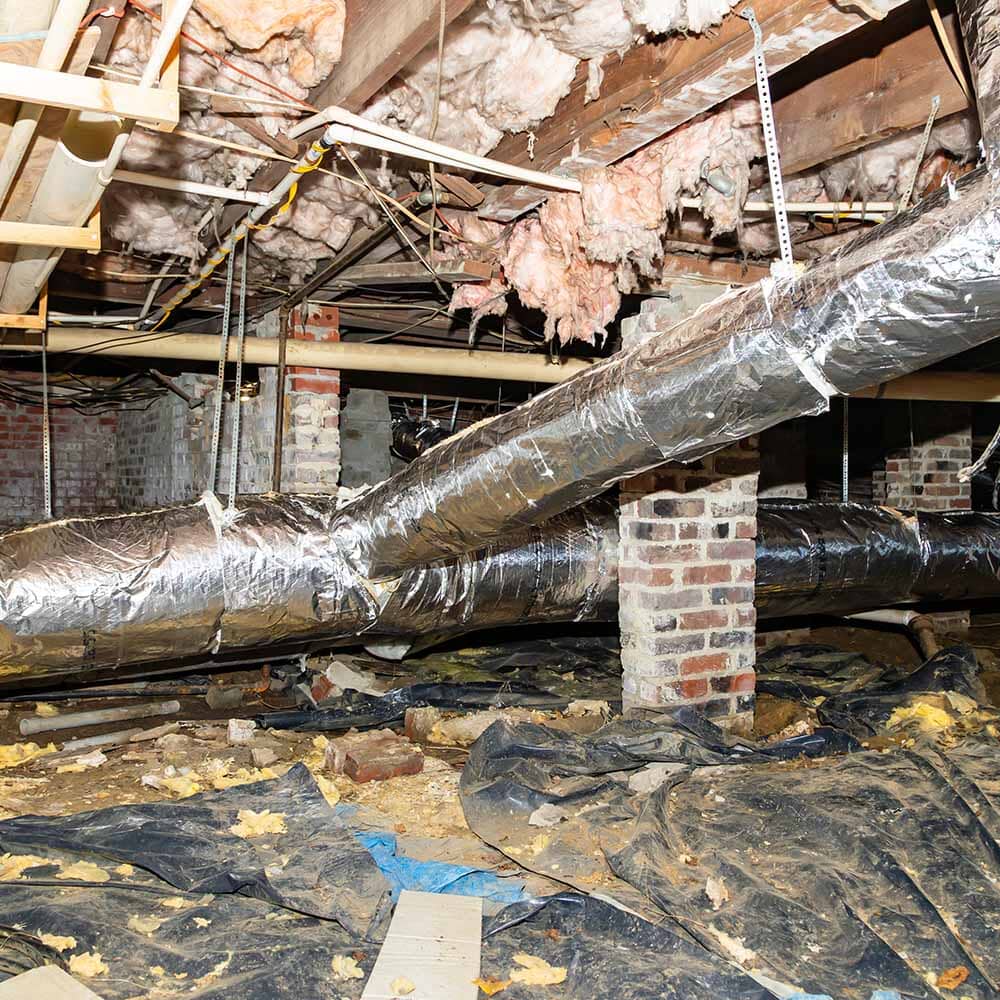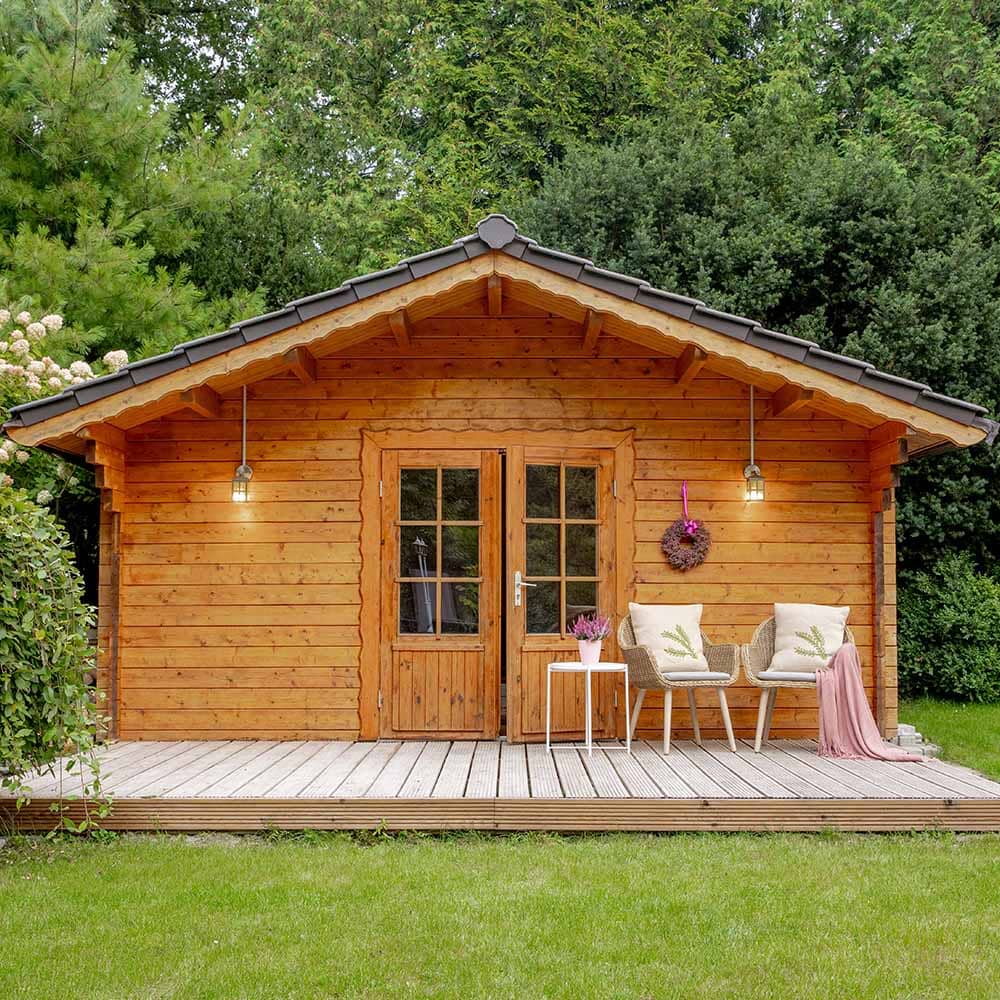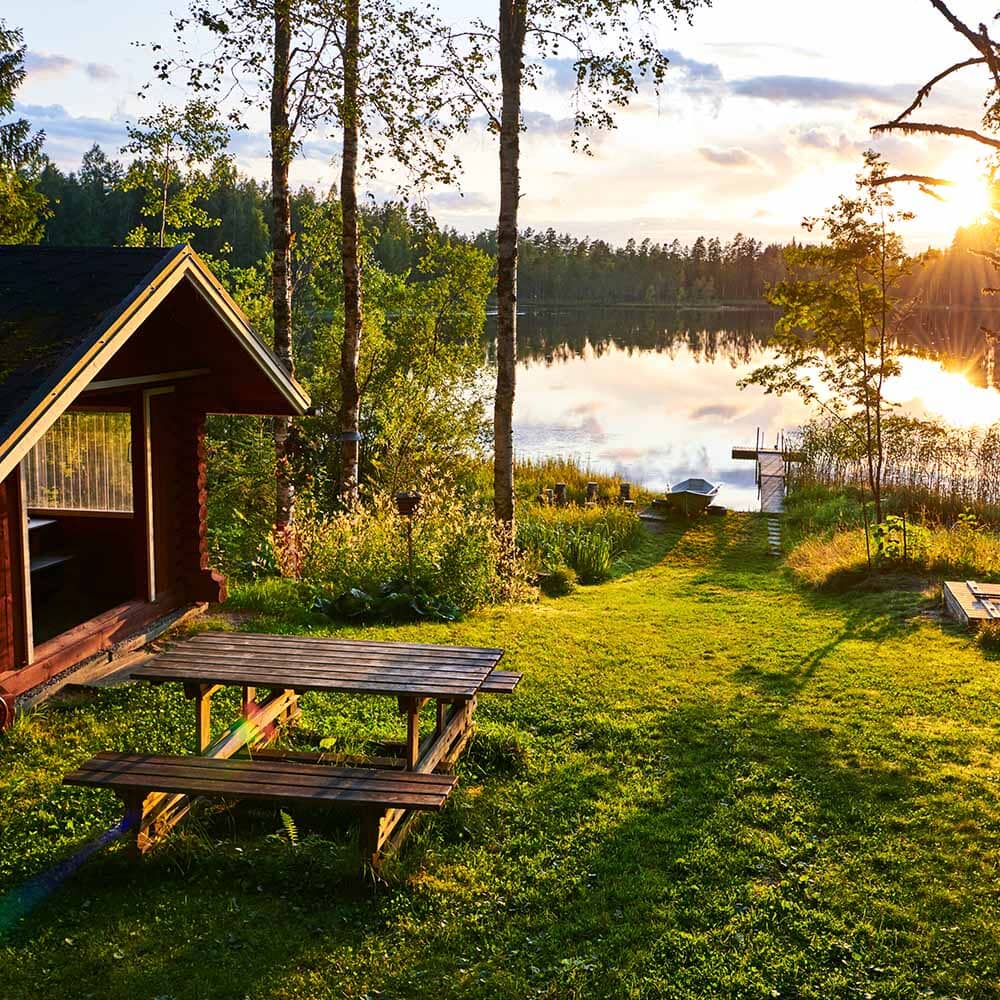Maintaining a home involves numerous tasks, from fixing leaky faucets to ensuring the roof is intact. However, one often overlooked area is the crawlspace. Despite being out of sight, neglecting your crawlspace can have significant repercussions on your home’s health and safety. In this blog post, we’ll delve into the various effects of not maintaining your crawlspace and why it deserves more attention.
1. Moisture Problems and Mold Growth
A poorly maintained crawlspace can become a breeding ground for moisture-related issues. Water from rain, humidity, or plumbing leaks can accumulate, creating a damp environment. This moisture promotes mold and mildew growth, which can spread to other areas of your home. Mold not only damages structural components but also poses serious health risks, including respiratory problems, allergies, and asthma.
2. Pest Infestations
Crawlspaces provide an ideal habitat for pests such as rodents, termites, and insects. These pests are attracted to the damp, dark, and undisturbed environment. Once they infest your crawlspace, they can cause extensive damage to insulation, wiring, and wooden structures. Additionally, pests can carry diseases and allergens, further compromising the health of your household.
3. Structural Damage
Excess moisture in the crawlspace can weaken the wooden beams and floor joists that support your home. Over time, this can lead to sagging floors, cracks in walls, and even foundation problems. The structural integrity of your home is crucial, and neglecting your crawlspace can result in costly repairs and potential safety hazards.
4. Decreased Energy Efficiency
A neglected crawlspace often lacks proper insulation and ventilation, leading to energy inefficiencies. Gaps and cracks in the crawlspace allow cold air to seep into your home during the winter and hot air during the summer. This forces your HVAC system to work harder to maintain a comfortable temperature, resulting in higher energy bills and a larger carbon footprint.
5. Poor Indoor Air Quality
The condition of your crawlspace directly impacts the air quality inside your home. Air from the crawlspace can rise into the living areas, carrying with it mold spores, dust, and other contaminants. Poor indoor air quality can cause health issues such as headaches, fatigue, and respiratory problems, particularly for those with preexisting conditions or sensitivities.
6. Higher Maintenance Costs
Ignoring crawlspace maintenance can lead to a cycle of deterioration that becomes increasingly expensive to address. Regular inspections and upkeep can prevent small issues from escalating into major problems. Investing in crawlspace maintenance is far more cost-effective in the long run than dealing with extensive repairs, pest control, and health-related costs.
How to Maintain Your Crawlspace
To avoid the adverse effects of a neglected crawlspace, consider the following maintenance tips:
1. Regular Inspections: Conduct periodic inspections to check for signs of moisture, pests, and structural damage.
2. Moisture Control: Install a vapor barrier, ensure proper drainage, and use dehumidifiers to keep moisture levels in check. A great way to keep moisture out of your home is our SEMCO Liquid Membrane.
3. Pest Prevention: Seal any entry points and use pest deterrents to keep unwanted critters at bay.
4. Insulation and Ventilation: Properly insulate and ventilate your crawlspace to improve energy efficiency and air quality.
5. Professional Help: Consult with professionals for thorough inspections and repairs if you notice any significant issues.
Conclusion
Your crawlspace might be out of sight, but it shouldn’t be out of mind. Regular maintenance of this often-overlooked area is crucial to preserving your home’s structural integrity, energy efficiency, and indoor air quality. By taking proactive steps to care for your crawlspace, you can avoid the hidden consequences and ensure a healthier, safer living environment for you and your family.





